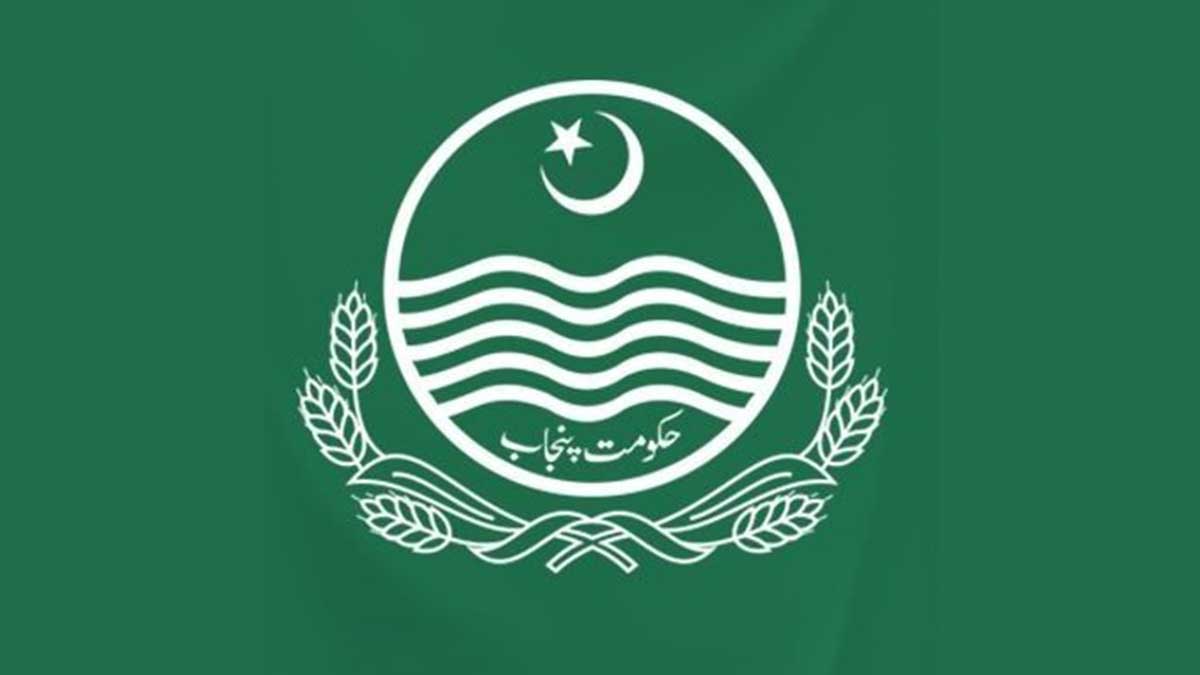The total amount of the Punjab province’s internal and external debt stand at Rs 956.4 billion by the last month of this financial year. Out of this total amount, Rs 951.2 billion falls under the category of loans, which have been achieved from international funding institutions.
The government of Punjab is going to pay Rs 62.87 billion on account of debt servicing which refers to the amount of annual payment on account of principal amount and interest during the fiscal year 2021-22.
Read more: Domestic debt goes up by Rs 2 trillion in July-April FY2021
The provincial domestic debt consists of the Cash Development Loans (CDLs) which have been taken from the federal government. These loans pertain to agriculture plans and are at a fixed rate of interest with a maturity of 25 years. After paying, the existing amount of these loans by the last month of the current fiscal year comes to Rs 5.2 billion which will be paid by the fiscal year 2030.
The external debt has been taken at the rate of 1.14% per annum and average maturity of 8.8 years. The government of Punjab took the external loan from International Development Association (IDA and International Bank for Reconstruction and Development (IBRD) worth Rs 307.4 billion and Rs 130.5 billion. Asian Development Bank (ADB) provided Rs 240.1 billion and the government of China gave Rs 230.7 billion.
Meanwhile, the Islamic Development Bank provided Rs 0.1 billion, the French government provided Rs 3.8 billion, the International Fund for Agriculture Development gave Rs 12.2 billion, and Japan International Cooperation Agency provided Rs 26 billion.
Agriculture and Livestock Dept of Punjab accumulated highest debt
The department of Agriculture and Livestock received the highest amount of external loans and the share of this department in the total amount of loans comes stands at 28%. Then comes the transport and communication department, the share of which comes to 24%.
The department of education comes at the third position which stands at 22% of the total external loans. Urban and community development has a 12% share here, governance stands at 6%, healthcare comes at 5%, Industries and infrastructure have a 2% share, and energy and environment stand at 0.2%.





















